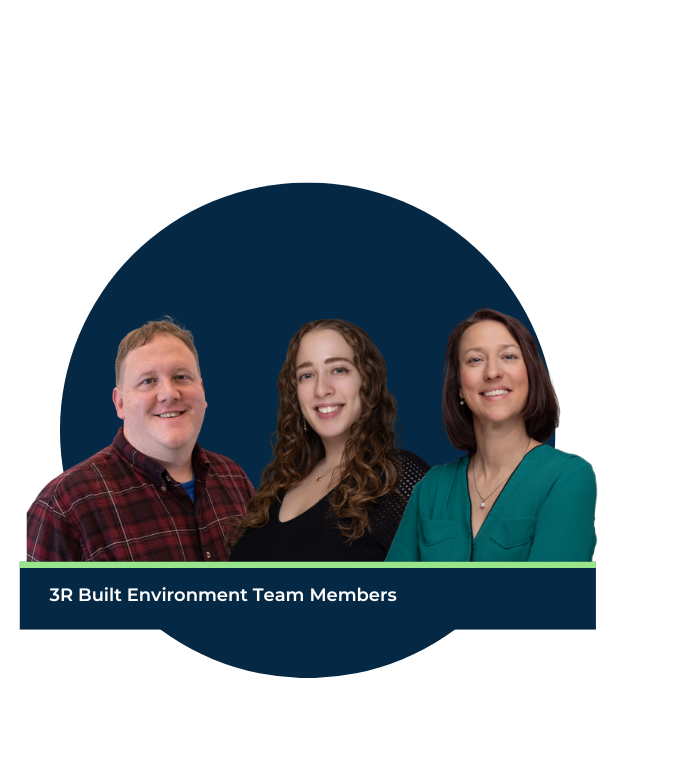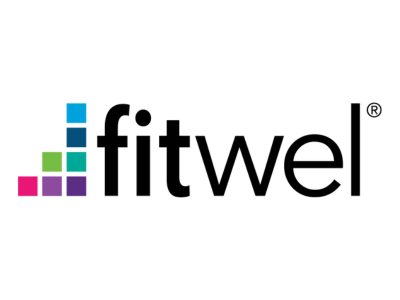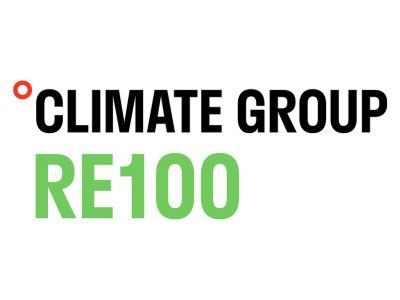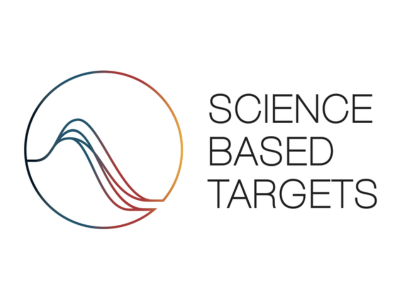PERFORMANCE & RESILIENCE
3R’s building performance and resilience services can optimize your business operations by enhancing efficiency, streamlining processes, and leveraging data-driven insights to boost productivity and profitability. Our tailored solutions align with your goals to maximize performance across teams, systems, and workflows.
ENERGY, WATER, & WASTE REDUCTION PLANNING
Effective reduction planning is a cornerstone of sustainable building performance and climate resilience. Through data-driven, performance-based analysis, we optimize resource use across commercial and residential assets.
MATERIAL SELECTION
3R’s expert team works with you to achieve your project goals by identifying the best materials for your unique project. Materials are chosen that are durable, low-impact, and resource-efficient, reducing both environmental harm and lifecycle costs.
PORTFOLIO SUSTAINABILITY
Sustainable material selection is essential to high-performance, resilient buildings. Materials are chosen that are durable, low-impact, and resource-efficient, reducing both environmental harm and lifecycle costs.
SUSTAINABLE SITE DEVELOPMENT
Sustainable site development integrates environmental stewardship, resilience, and smart land use planning to minimize a project’s impact while maximizing long-term viability.
Partner with 3R’s Experts
3R strengthens your organization’s ability to withstand and recover from disruptions through comprehensive risk management, business continuity planning, and crisis response strategies. Our expertise ensures operational stability, regulatory compliance, and sustained growth in the face of uncertainty.

Our services
ENERGY, WATER, AND WASTE REDUCTION PLANNING
Effective reduction planning is a cornerstone of sustainable building performance and climate resilience. Through data-driven, performance-based analysis, we optimize resource use across commercial and residential assets.
By aligning reduction goals with performance benchmarks and regulatory drivers, consultants deliver actionable roadmaps that reduce costs, cut emissions, and future-proof buildings against climate and market risks.

Energy planning focuses on lowering consumption through high-efficiency systems, building automation, and integration of renewables.
Water strategies target conservation, reuse, and stormwater management to reduce stress on municipal systems and improve site resilience.
Waste reduction involves lifecycle assessments, material reuse, and zero-waste operational frameworks like TRUE certification.
PORTFOLIO SUSTAINABILITY: Building Performance and Resilience
Portfolio sustainability in the built environment is the strategic integration of energy efficiency, environmental responsibility, and resilience across a collection of properties. It focuses on optimizing building performance – reducing carbon emissions, lowering operational costs, and improving occupant well-being—while also enhancing resilience to climate risks and future regulatory demands.

Delivers Value Through
Improved Operational Performance Metrics: Portfolio-wide sustainability efforts lead to measurable improvements in key performance indicators such as Energy use intensity (EUI), reduced GHG emissions, reduced water consumption and waste diversion rates, improved indoor environmental quality (e.g., ventilation, daylighting, thermal comfort), elevated occupant satisfaction or wellness data
Green Certifications & Ratings: Achievement of Green Certifications and Ratings such as LEED, or BREEAM, GRESB, ENERGY STAR
Climate Risk and Resilience Assessments: Conducting climate risk assessments helps identify Physical risk exposure (e.g. flood, wildfire, extreme heat), Adaptation strategies and resilience planning, Use of TCFD-aligned (Task Force on Climate-Related Financial Disclosures) frameworks for climate risk reporting
Financial Integration: Sustainable portfolios often link ESG performance to financial performance by: Including sustainability metrics in asset valuation, Aligning with green financing requirements, setting net-zero or carbon reduction targets with KPIs
MATERIAL SELECTION
Sustainable material selection is essential to high-performance, resilient buildings. Materials are chosen that are durable, low-impact, and resource-efficient, reducing both environmental harm and lifecycle costs.
By prioritizing low-carbon, recycled, or locally sourced materials and using tools like Life Cycle Assessment (LCA) and Environmental Product Declarations (EPDs), project teams can significantly reduce a building’s upfront carbon footprint.
Sustainable Procurement Plans (SPPs) are strategic frameworks that guide organizations in selecting products and services with reduced environmental and social impact throughout their lifecycle. In the context of the built environment, SPPs ensure that construction, operations, and maintenance materials align with sustainability, health, and resilience goals.

Delivers Value Through
Reduced Environmental Impact and Risks: Through thoughtful material choices, reduce regulatory, reputational, and operational risks related to sustainability performance
Lower Embodied Carbon: Through the use of low-impact, recycled, or renewable materials
Enhanced Resilience: Selecting long-lasting materials boosts a building’s ability to withstand extreme weather, moisture, or degradation over time
Compliance and Certification: Aligns with sustainability frameworks like LEED, WELL, and supports Life Cycle Assessment (LCA) requirements
Resource Efficiency: Supports circular economy principles through reuse, recycling, and material transparency
SUSTAINABLE SITE DEVELOPMENT (Climate Resilience Assessment)
Sustainable site development integrates environmental stewardship, resilience, and smart land use planning to minimize a project’s impact while maximizing long-term viability.
A Climate Resilience Assessment evaluates a building’s or site’s ability to withstand, adapt to, and recover from climate-related shocks and stresses, such as extreme weather events, rising temperatures, flooding, and drought. Unlike risk assessments, which focus on exposure, resilience assessments emphasize a system’s capacity to respond and adapt.

Delivers Value Through
Risk Reduction: Identifies vulnerabilities to climate hazards like floods, heatwaves, storms, and wildfires, and helps mitigate damage to buildings, infrastructure, and operations
Improved Adaptivity: Supports design and operational strategies that enable buildings and communities to adapt to changing conditions
Business Continuity & Reduced Downtime: Enhances a property’s ability to remain operational during and after extreme events, minimizing service disruption and financial loss
Long-Term Cost Savings: Prevents costly damage and emergency repairs and informs smarter investments in resilience upgrades and maintenance









